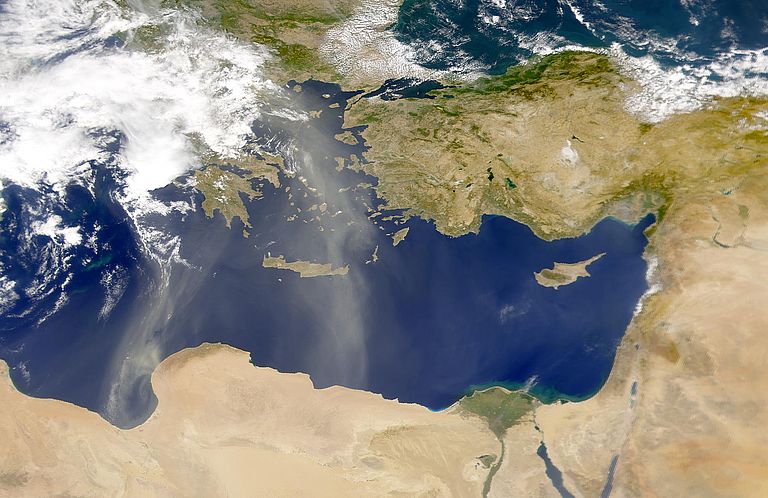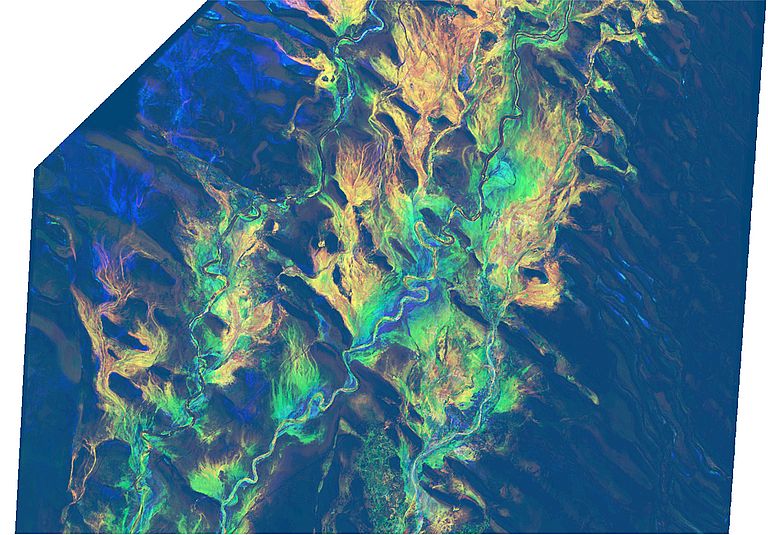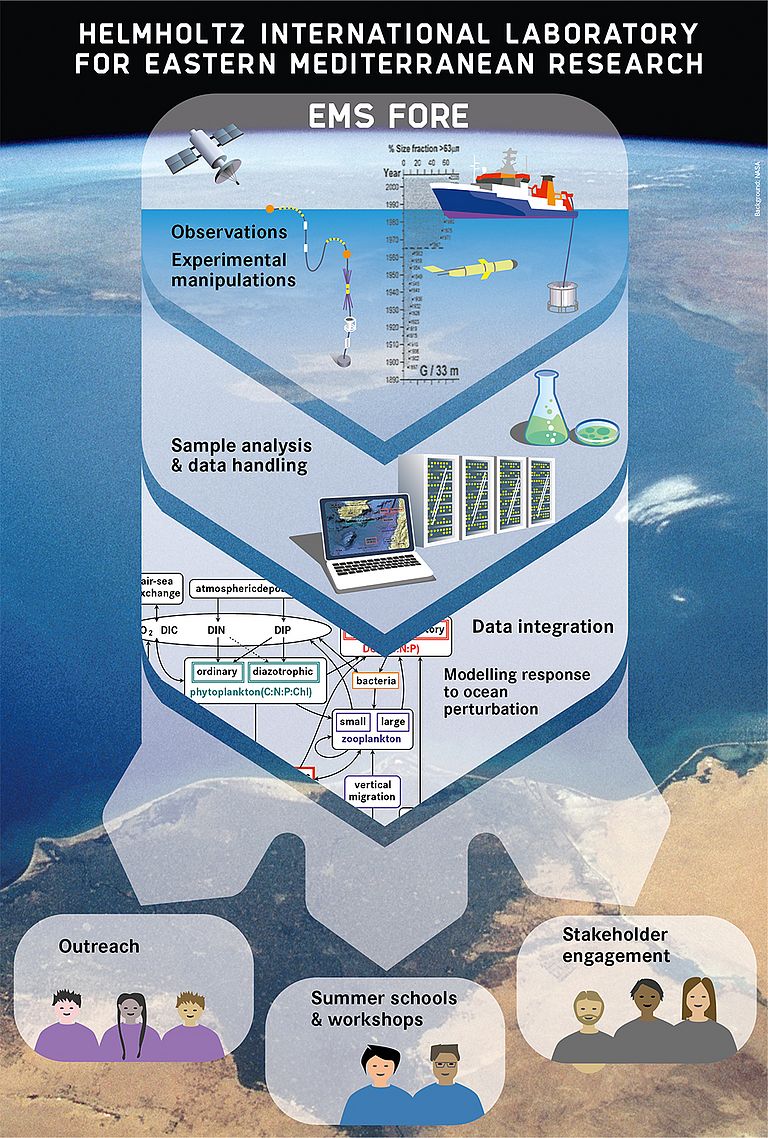Eastern Mediterranean Sea as model region to study future changes in the ocean
Helmholtz International Laboratory "EMS FORE" launched
Global warming and other human pressures are now reaching all regions of the ocean. Rising temperatures, loss of oxygen, acidification, changes in nutrient supply and pollution are affecting marine life and the functioning of ecosystems. It is therefore uncertain whether the oceans can maintain their current productivity and biodiversity, and continue to provide important ecosystem services - such as the provision of food or uptake of atmospheric carbon dioxide and thus mitigate climate change. Can marine ecosystems adapt or are these ecosystem services declining?
These questions are addressed by the International Helmholtz Laboratory "Eastern Mediterranean Sea as a model for Future Ocean Research" (EMS FORE), a joint project of GEOMAR Helmholtz Centre for Ocean Research Kiel and Haifa University. The Eastern Mediterranean Sea was chosen as a model region because it is one of the most rapidly changing ocean basins on our planet and is affected by both climate change and other extensive pollution pressures.
"In the Helmholtz Laboratory EMS FORE, we bring together GEOMAR's expertise in researching processes in the global ocean with the University of Haifa's extensive knowledge of the functioning of the Eastern Mediterranean," explains Professor Dr. Eric Achterberg, marine biogeochemist at GEOMAR. Together with his Israeli colleague, Professor Dr. Ilana Berman-Frank from the University of Haifa, he is leading the project that is starting now, will run for five years and is funded by the Helmholtz Association and a contribution by Haifa University with a total of six million euros. Together with a team of about 30 researchers and students, EMS FORE will study the effects of climate change and the resilience and sensitivity of the Mediterranean Sea as an early warning and model system to gain insight into future conditions in the tropical and subtropical seas, which make up about 40 per cent of the global ocean.
"We will use advanced ocean observing technologies, such as underwater vehicles, novel cameras, and chemical sensors but also molecular ecological techniques, and marine ecosystem models to integrate the data and predict future ocean responses," explains Professor Achterberg. "With the help of multidisciplinary investigations, we want to gain information about the past as well as insights into current processes in the water column and seafloor, and develop models to find out what the future will look like for the Mediterranean and the global oceans," the marine biogeochemist from Kiel continues.
An important component of EMS FORE will be the training of a new generation of young scientists, PhD and Master students through a mentoring programme, joint expeditions, workshops and summer schools. Within the framework of EMS FORE, a total of six PhD students will be employed at GEOMAR and a similar number in Haifa.
Close cooperation with various stakeholders from industry, nature conservation, politics and NGOs is planned as part of the study. "It is very important to us that the findings we develop within the framework of EMS FORE can also be used for practical decisions," concludes Professor Achterberg.





